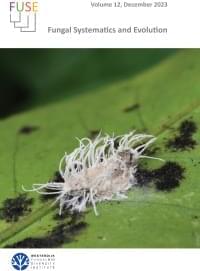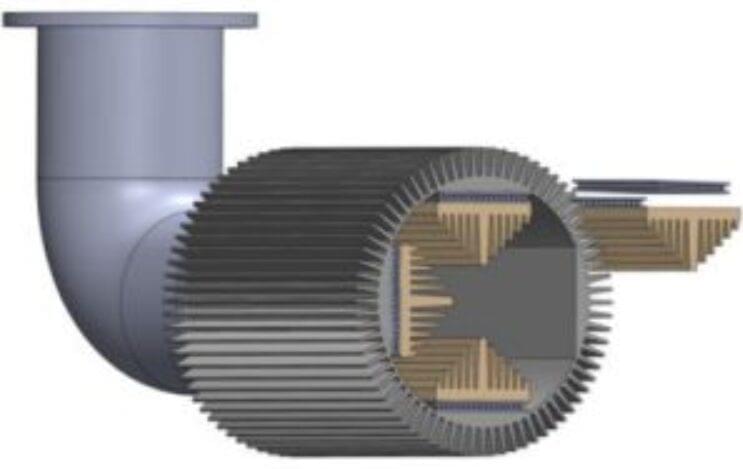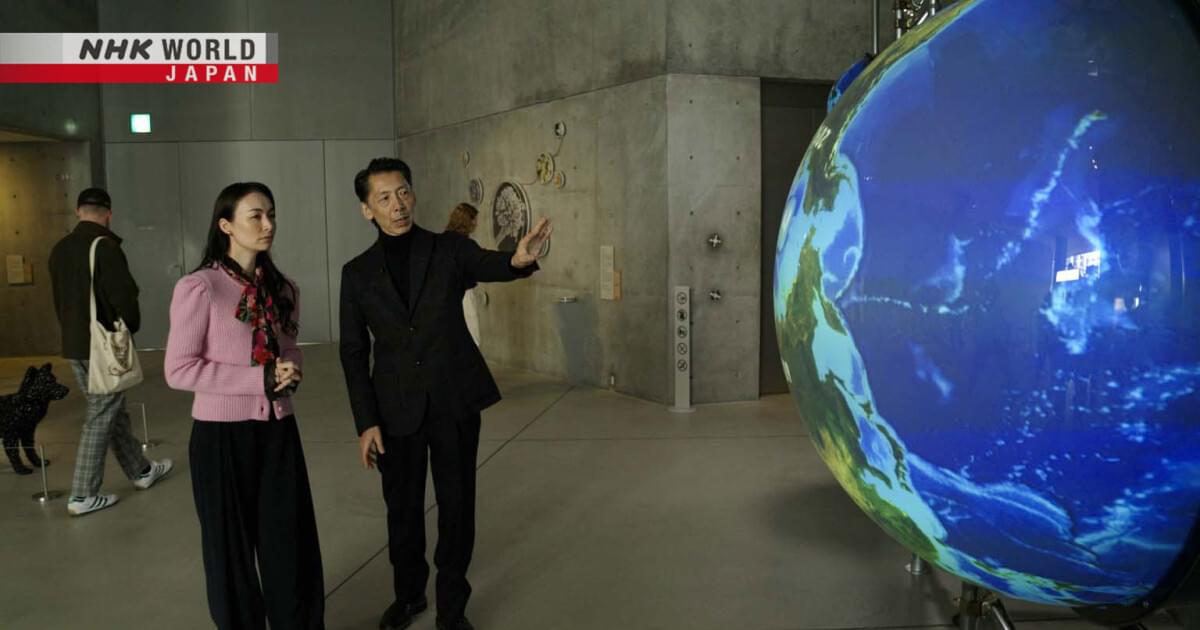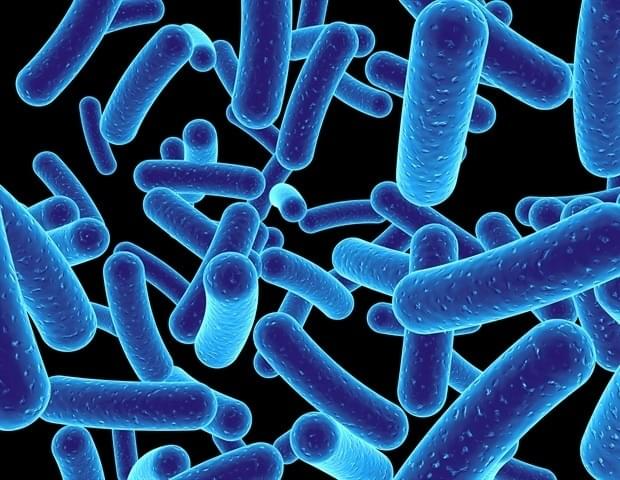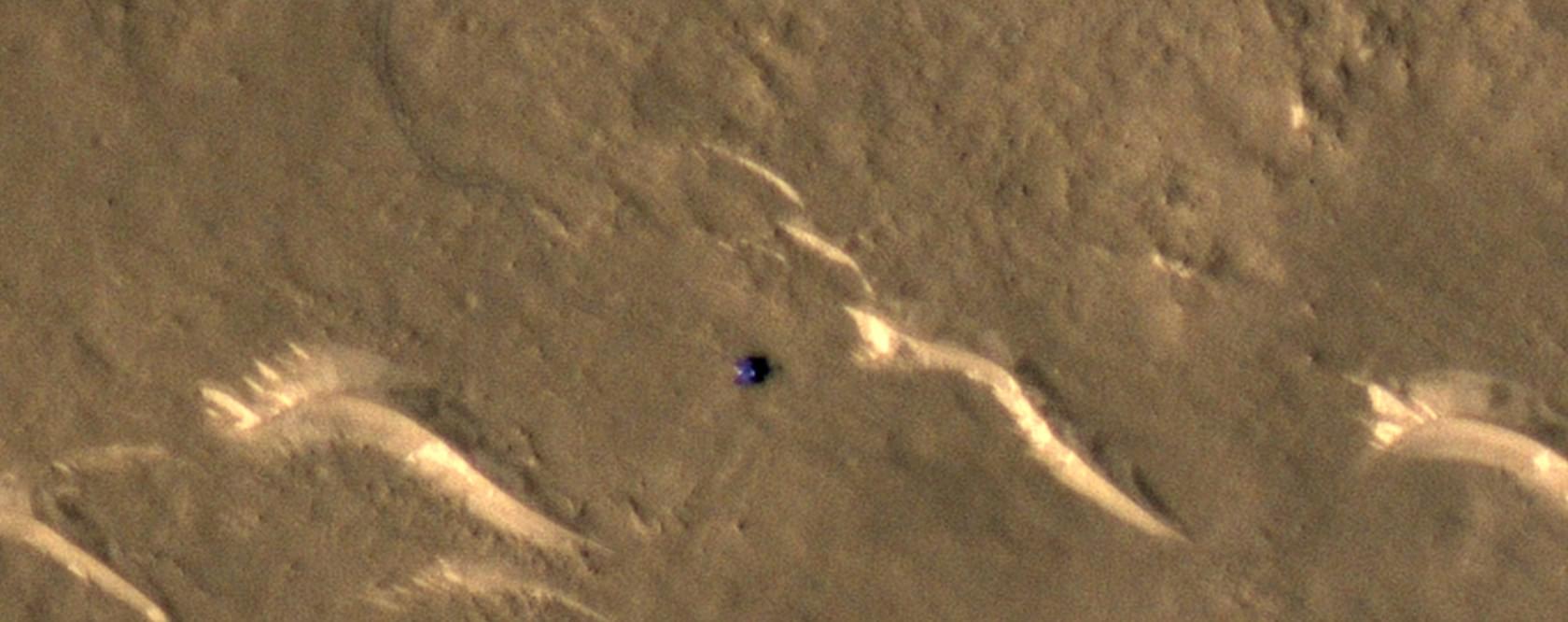Firefly Aerospace’s Blue Ghost lunar lander is set to make history as it targets a March 2 lunar landing near Mare Crisium, a vast plain on the Moon’s near side. Carrying NASA’s cutting-edge science and technology, this mission marks another crucial step in humanity’s return to the Moon under the Artemis program. As part of NASA’s CLPS initiative, Blue Ghost’s success will pave the way for future lunar and Martian exploration.
Mission Overview: Blue Ghost’s Lunar Delivery.
Launched aboard a SpaceX Falcon 9 on January 15, Blue Ghost carries 10 NASA payloads designed to investigate the Moon’s environment and test new technologies for future missions. These experiments will provide critical data on lunar surface conditions, radiation levels, thermal properties, and advanced landing systems—all essential for upcoming crewed missions.
Live Landing Coverage & Key Moments.
The landing event, hosted by NASA and Firefly Aerospace, will be streamed live on NASA+ and Firefly’s YouTube channel starting at 2:20 a.m. EST on March 2, roughly 75 minutes before touchdown. The stream will cover the final descent, landing confirmation, and initial mission updates. A post-landing press conference will follow, where experts will discuss the mission’s success and upcoming science operations on the lunar surface.
Why This Mission Matters.
Blue Ghost is a key part of NASA’s Commercial Lunar Payload Services (CLPS) program, which enables private companies to deliver science and technology to the Moon. These robotic landings will support Artemis astronauts, testing vital systems for future long-term lunar habitation and, ultimately, crewed missions to Mars. NASA’s collaboration with companies like Firefly Aerospace ensures rapid progress in space exploration, resource utilization, and sustainable lunar development.
The Future of Lunar Exploration.
With CLPS contracts valued at $2.6 billion through 2028, NASA is committed to building a strong commercial space ecosystem. The $101.5 million contract awarded to Firefly for this mission underscores the agency’s dedication to fostering innovative, cost-effective lunar transportation solutions. Future missions will refine navigation, in-situ resource utilization, and long-duration surface operations, bringing us closer to a permanent human presence beyond Earth.
🚀 Subscribe to Space Googlevesaire! 🚀
